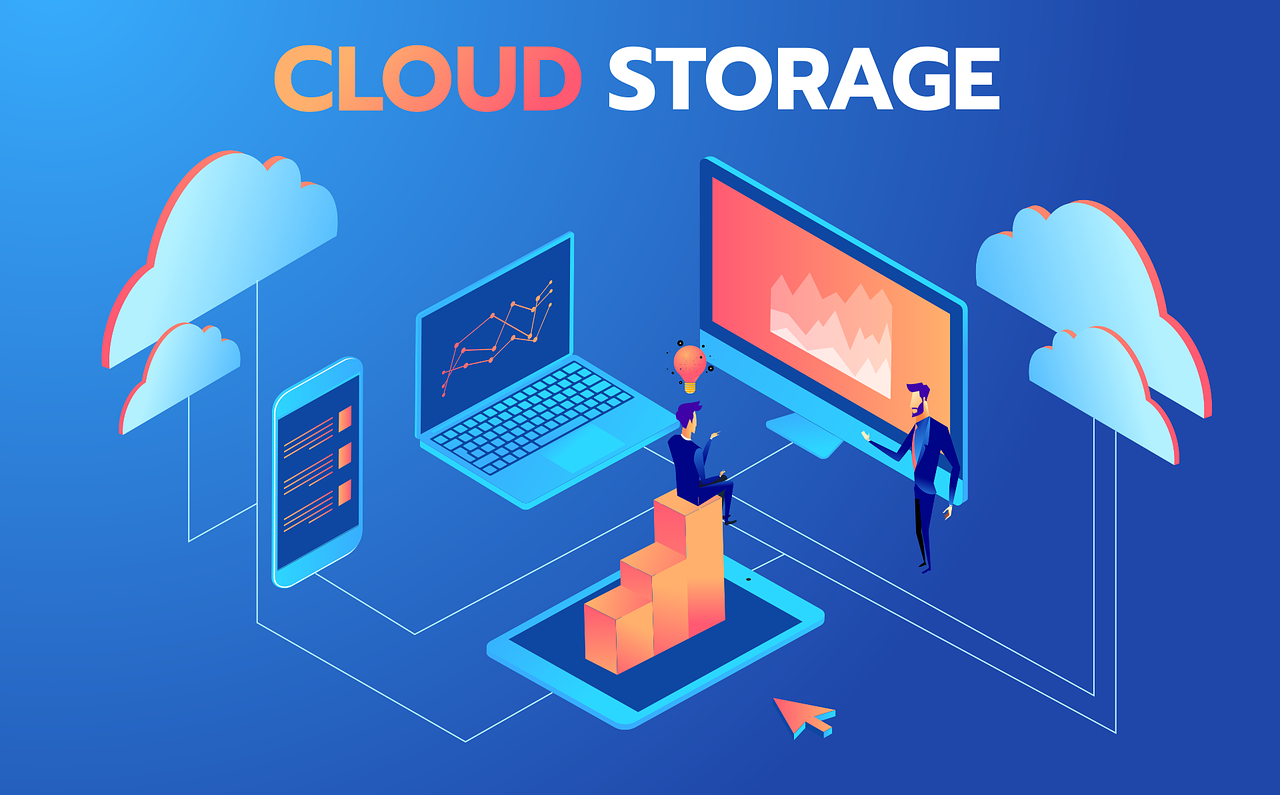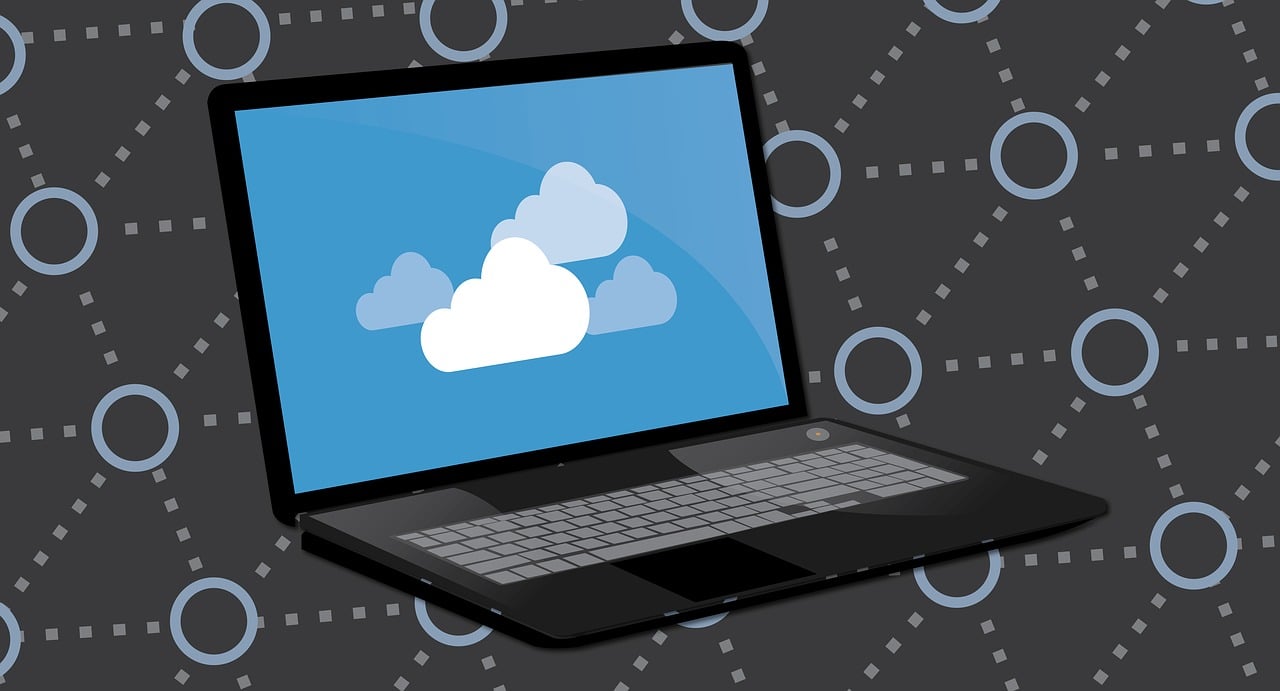How to Secure Your Data in the Cloud: Best Practices and Tips
In today’s digital landscape, cloud computing has become an integral part of personal and business operations. While the cloud offers numerous benefits such as accessibility, scalability, and cost-effectiveness, it also introduces new security challenges. As more sensitive data is stored and processed in the cloud, the need for robust security practices has never been more critical.
Common risks associated with cloud data storage include:
- Data breaches
- Unauthorized access
- Data loss
- Insider threats
- Compliance violations
To mitigate these risks and protect sensitive information, it’s essential to implement comprehensive security measures. This article will explore best practices and tips for securing your data in the cloud, ensuring that you can leverage the benefits of cloud computing while maintaining the highest levels of data protection.
Understanding Cloud Security
What Is Cloud Security?
Cloud security refers to the set of measures, controls, and policies designed to protect data, applications, and infrastructure associated with cloud computing. It encompasses a wide range of practices, technologies, and procedures aimed at safeguarding cloud-based systems from unauthorized access, data theft, and other cyber threats.
Cloud security models typically include:
- Infrastructure as a Service (IaaS) Security: Protecting the underlying cloud infrastructure
- Platform as a Service (PaaS) Security: Securing the development and deployment platforms
- Software as a Service (SaaS) Security: Protecting cloud-based applications and data
These models work together to create a comprehensive security framework that addresses the unique challenges of cloud computing.
Key Cloud Security Risks
Understanding the potential risks is crucial for implementing effective security measures. Here are some of the most common cloud security risks:
- Data breaches: Unauthorized access to sensitive information
- Insecure APIs: Vulnerabilities in application programming interfaces
- Account hijacking: Theft of user credentials and unauthorized account access
- Malware infections: Introduction of malicious software into cloud systems
- Insider threats: Risks posed by employees or contractors with authorized access
- Data loss: Accidental or intentional deletion of important data
- Insufficient due diligence: Lack of proper security assessment before cloud adoption
- Shared technology vulnerabilities: Risks inherent in multi-tenant cloud environments
By being aware of these risks, you can take proactive steps to mitigate them and enhance your overall cloud security posture.
Best Practices for Securing Your Cloud Data

Implement Strong Password Policies
Strong passwords are the first line of defense against unauthorized access. Implementing robust password policies is crucial for maintaining cloud security.
Tips for creating strong passwords:
- Use a combination of uppercase and lowercase letters, numbers, and special characters
- Make passwords at least 12 characters long
- Avoid using personal information or common words
- Use a unique password for each account
- Consider using a passphrase instead of a single word
Password managers can help generate and store complex passwords securely. They offer the following benefits:
- Automatic generation of strong, unique passwords
- Secure storage of passwords in an encrypted format
- Easy access across multiple devices
- Reduced risk of password reuse
By implementing these practices, you significantly reduce the risk of unauthorized access to your cloud accounts.
Enable Multi-Factor Authentication (MFA)
Multi-Factor Authentication (MFA) adds an extra layer of security by requiring users to provide two or more verification factors to gain access to an account. This significantly reduces the risk of unauthorized access, even if passwords are compromised.
Steps to enable MFA on popular cloud services:
- Google Cloud:
- Go to the Google Cloud Console
- Navigate to “Security” > “Authentication”
- Select “2-Step Verification”
- Follow the prompts to set up your preferred second factor (e.g., SMS, authenticator app)
- Amazon Web Services (AWS):
- Log in to the AWS Management Console
- Go to “My Security Credentials”
- Select “Multi-factor Authentication (MFA)”
- Choose your MFA device type and follow the setup instructions
- Microsoft Azure:
- Sign in to the Azure portal
- Navigate to “Azure Active Directory” > “Security”
- Select “Authentication methods”
- Enable MFA for users or groups as needed
By enabling MFA, you add a crucial additional layer of security to your cloud accounts, making it much more difficult for unauthorized users to gain access.
Encrypt Your Data
Data encryption is a critical component of cloud security, protecting your information both in transit and at rest. Encryption transforms your data into an unreadable format that can only be deciphered with the correct encryption key.
| Encryption Method | Description | Benefits |
|---|---|---|
| In-transit encryption | Protects data as it moves between your device and the cloud | Prevents interception of data during transmission |
| At-rest encryption | Secures stored data in the cloud | Protects against unauthorized access to stored files |
| Client-side encryption | Encrypts data before it leaves your device | Ensures data is encrypted before reaching the cloud provider |
| End-to-end encryption | Encrypts data from sender to recipient | Prevents access by intermediaries, including the service provider |
Most reputable cloud providers offer built-in encryption options. However, for sensitive data, consider implementing additional encryption layers using third-party tools or client-side encryption methods.
Monitoring and Managing Cloud Security
Regular Security Audits
Conducting regular security audits is essential for maintaining a strong security posture. These audits help identify vulnerabilities, ensure compliance, and validate the effectiveness of your security measures.
Security audit checklist:
- Review user access rights and permissions
- Check for any unauthorized changes to cloud configurations
- Verify that all systems and applications are up-to-date with security patches
- Assess the effectiveness of current security controls
- Review logs for any suspicious activities
- Evaluate compliance with relevant regulations and standards
- Test incident response procedures
- Analyze data backup and recovery processes
Aim to conduct comprehensive security audits at least quarterly, with more frequent checks for critical systems or in high-risk environments.
Set Up Alerts for Suspicious Activity
Configuring alerts for unusual or unauthorized access is crucial for rapid detection and response to potential security incidents.
Recommended alert settings and triggers:
- Failed login attempts: Set alerts for multiple failed login attempts within a short period
- Unusual access patterns: Monitor for access from unfamiliar locations or devices
- Large data transfers: Alert on unusually large data downloads or uploads
- Configuration changes: Notify administrators of any changes to security settings or configurations
- Privilege escalations: Monitor for sudden changes in user permissions or roles
- Malware detection: Set up alerts for any detected malware or suspicious files
- API usage anomalies: Monitor for unusual patterns in API calls or usage
- Account creations or deletions: Alert on new account creations or unexpected account removals
Implement these alerts using your cloud provider’s native monitoring tools or third-party security information and event management (SIEM) solutions for more comprehensive coverage.
Responding to Cloud Security Incidents

Developing an Incident Response Plan
A well-prepared incident response plan is crucial for effectively managing and mitigating the impact of security incidents. This plan should outline the steps to be taken in the event of a security breach or other cyber incidents.
Key elements to include in an incident response plan:
- Incident identification and classification: Guidelines for recognizing and categorizing security incidents
- Escalation procedures: Clear chain of command and communication protocols
- Containment strategies: Steps to limit the spread and impact of the incident
- Eradication and recovery: Procedures for removing the threat and restoring systems
- Post-incident analysis: Process for reviewing the incident and improving future responses
- Communication plan: Guidelines for notifying affected parties and stakeholders
- Legal and compliance considerations: Steps to ensure regulatory compliance during incident response
- Training and simulation: Regular drills to ensure team readiness
Regularly review and update your incident response plan to ensure it remains effective and relevant to your current cloud environment.
Steps to Take After a Breach
In the event of a data breach, swift and decisive action is crucial to minimize damage and protect sensitive information.
Immediate response steps:
- Contain the breach: Identify the affected systems and isolate them to prevent further damage
- Assess the impact: Determine the extent of the breach and what data has been compromised
- Notify relevant parties: Inform internal stakeholders, affected customers, and, if required, regulatory bodies
- Change access credentials: Reset passwords and revoke compromised access tokens
- Preserve evidence: Collect and secure all relevant logs and data for investigation
- Conduct a thorough investigation: Analyze the breach to understand how it occurred and what vulnerabilities were exploited
- Patch vulnerabilities: Address any security weaknesses identified during the investigation
- Review and update security measures: Strengthen your security posture based on lessons learned from the breach
- Monitor for ongoing threats: Maintain heightened vigilance for any related or follow-up attacks
- Provide support to affected users: Offer guidance and assistance to those impacted by the breach
By following these steps, you can effectively manage the aftermath of a security incident and work towards preventing future occurrences.
Legal and Compliance Considerations
Understanding Data Protection Laws
Compliance with data protection laws is crucial when storing and processing data in the cloud. These regulations aim to protect individuals’ privacy and ensure responsible handling of personal information.
| Regulation | Key Requirements | Geographical Scope |
|---|---|---|
| GDPR (General Data Protection Regulation) | – Explicit consent for data processing<br>- Right to access and delete personal data<br>- 72-hour breach notification | European Union (and data of EU citizens globally) |
| CCPA (California Consumer Privacy Act) | – Right to know what personal information is collected<br>- Right to delete personal information<br>- Right to opt-out of the sale of personal information | California residents |
| HIPAA (Health Insurance Portability and Accountability Act) | – Safeguards for protected health information<br>- Strict access controls<br>- Audit trails for all data access | U.S. healthcare organizations and their business associates |
| PIPEDA (Personal Information Protection and Electronic Documents Act) | – Consent for collection, use, and disclosure of personal information<br>- Right to access personal information<br>- Safeguards for stored information | Canadian businesses and international organizations handling Canadian citizens’ data |
Ensure that your cloud security practices align with these and other relevant regulations to avoid legal issues and protect user privacy.
Ensuring Compliance with Industry Standards
Adhering to industry standards and certifications demonstrates a commitment to best practices in cloud security and can help build trust with customers and partners.
Common cloud security standards and certifications:
- ISO 27001: Information security management system standard
- SOC 2: Trust Services Criteria for security, availability, processing integrity, confidentiality, and privacy
- PCI DSS: Payment Card Industry Data Security Standard for organizations handling credit card information
- NIST Cybersecurity Framework: Guidelines for improving critical infrastructure cybersecurity
- CSA STAR: Cloud Security Alliance’s Security, Trust & Assurance Registry for cloud provider security practices
- FedRAMP: Federal Risk and Authorization Management Program for cloud services used by U.S. government agencies
Regularly assess your cloud security practices against these standards and consider obtaining relevant certifications to validate your security posture.
Conclusion
Securing your data in the cloud is an ongoing process that requires vigilance, expertise, and a commitment to best practices. By implementing strong password policies, enabling multi-factor authentication, encrypting your data, and regularly monitoring and auditing your cloud environment, you can significantly reduce the risk of data breaches and unauthorized access.
Remember that cloud security is a shared responsibility between you and your cloud service provider. While providers offer robust security features, it’s ultimately up to you to configure and manage these tools effectively.
Stay informed about emerging threats and evolving compliance requirements, and be prepared to adapt your security strategies accordingly. By prioritizing cloud security and following the best practices outlined in this guide, you can confidently leverage the benefits of cloud computing while keeping your sensitive data protected.
Take action today to review and enhance your cloud security measures. The investment in robust security practices will pay dividends in the form of protected data, maintained customer trust, and peace of mind in an increasingly digital world.
